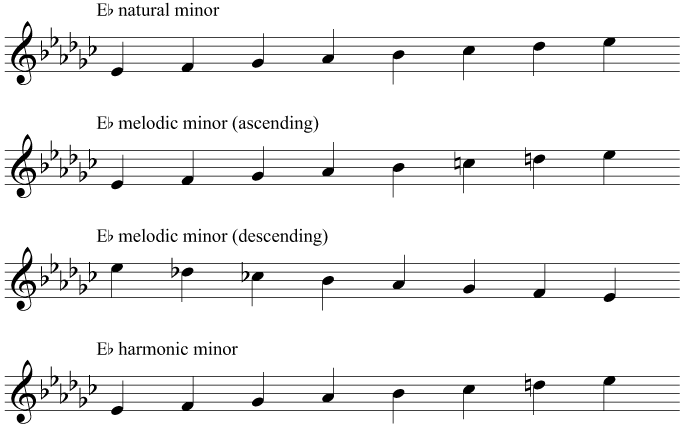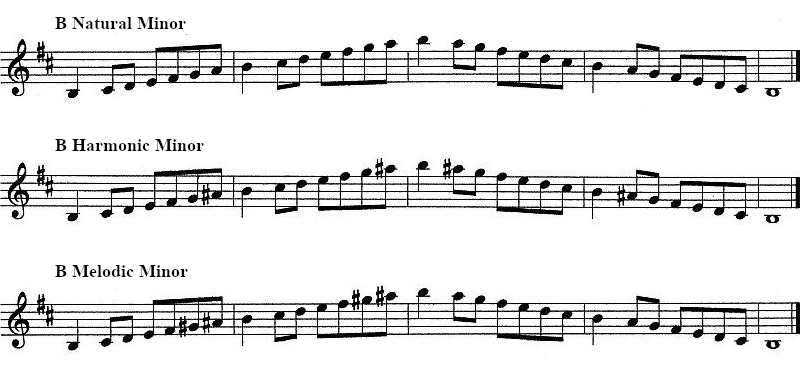


Let’s now take a look at the E harmonic minor scale. What are the chords in the key of E minor natural? All about the key of Em and its chords. Let’s now take a look at the chords in the key of E minor. Video – How to play Em scale on piano/keyboard: Thumb: 1, index finger: 2, middle finger: 3, ring finger: 4 and pinky finger: 5. What are the fingerings for the E minor scale? They are as follows: Lastly, one more whole step returns us to E, one octave higher. To build an E natural minor scale, starting on E, we take a whole step to F#. “W” stands for whole step and “H” stands for half step. The formula for forming a natural (or pure) minor scale is W-H-W-W-H-W-W. As we’ve seen, the E natural minor uses these same notes, except that the sixth note of the major scale becomes the root note of its relative minor. The notes of the G major scale are G, A, B, C, D, E, F#. A natural minor scale/key consists of the same notes as its relative major. The relative major key for the key of E minor is G major. Here’s the Em scale on the piano keyboard. Here’s the E minor scale on the treble clef. Perfect 8th: E (one octave higher) is the 8th note of the D natural minor scale.

Minor 7th: D is the 7th note of the scale.Minor 6th: C is the 6th note of the scale.Perfect 5th: B is the 5th note of the scale.Perfect 4th: A is the 4th note of the scale.Minor 3rd: G is the 3rd note of the scale.Major 2nd: F# is the 2nd note of the scale.Tonic: E is the 1st note of the E natural minor scale.Highly Recommended: Click here for one of the BEST piano/keyboard courses I’ve seen online. This scale consists of the pitches, E, F♯, G, A, B, C, and D. Let’s start with the E natural minor scale. They are the natural, melodic and harmonic minor scales. There are three types of minor scales and we shall take a look at all of them here. This lesson is all about the E minor scale.


 0 kommentar(er)
0 kommentar(er)
